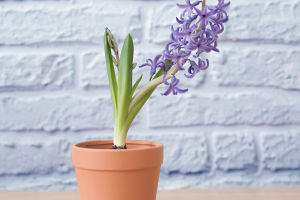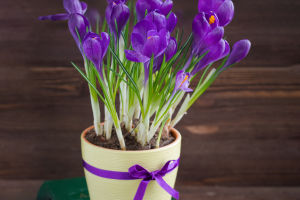With their vibrant flowers and lush foliage, African violets have long been cherished as prized houseplants.
Their ability to bloom consistently throughout the year makes them a favorite among indoor gardeners seeking to add a touch of color and beauty to their living spaces.
While African violets are renowned for their resilience and adaptability, achieving year-round blooms requires careful attention to their specific needs and preferences.
In this guide, we'll delve into the key factors contributing to the continuous blooming of African violets and explore practical tips for cultivating these beloved plants.
Creating an environment that mimics the natural habitat of African violets is essential for encouraging year-round blooms. These plants thrive in indirect sunlight, making them ideal for placement near windowsills or under grow lights.
Avoid exposing African violets to direct sunlight, as it can scorch their delicate leaves and hinder blooming.
Maintaining consistent temperature and humidity levels is also crucial for the health and vitality of African violets. Aim for temperatures between 65-75°F (18-24°C) during the day and slightly cooler temperatures at night.
Humidity levels should ideally range from 40-60%, which can be achieved by placing a humidity tray filled with water beneath the plants or using a room humidifier.
African violets are sensitive to overwatering and underwatering, so finding the right balance is critical to their success. Water African violets thoroughly when the top inch of soil feels dry, allowing excess water to drain away to prevent root rot.
It's best to water African violets from the bottom by placing the pots in a shallow water tray and allowing them to soak moisture through the drainage holes.
Fertilize African violets regularly with a balanced, water-soluble fertilizer formulated explicitly for flowering houseplants.
During the growing season, typically spring and summer, fertilize every 2-4 weeks to promote healthy growth and abundant blooms.
Reduce fertilization frequency during the fall and winter months when growth slows down.
Regular pruning and deadheading are essential for maintaining African violets' health and appearance and encouraging continuous blooming.
Remove spent flowers and yellowing or damaged leaves promptly to redirect the plant's energy towards producing new blooms.
When pruning African violets, use sharp scissors or shears to make clean cuts just above a leaf node. This encourages new growth and prevents the plant from becoming leggy or overgrown.
Regularly pinching off spent flower stems also stimulates the production of new buds, prolonging the blooming period.
Choosing the right potting mix and container is essential for providing African violets with a healthy growing environment. Use a well-draining, lightweight potting mix specifically formulated for African violets, or create your blend using equal parts peat moss, perlite, and vermiculite.
Select a pot or container that provides adequate drainage and allows air to circulate the roots. African violets prefer slightly snugger pots, so choose a container that is only slightly larger than the plant's root ball to prevent waterlogging and promote healthy root growth.
With the proper care and attention, it's possible to enjoy the beauty of African violets in bloom all year round.
By providing optimal growing conditions, proper watering and fertilization, regular pruning and deadheading, and choosing the right potting mix and container, you can cultivate healthy, vibrant African violets that delight the senses with their continuous display of colorful blooms.


